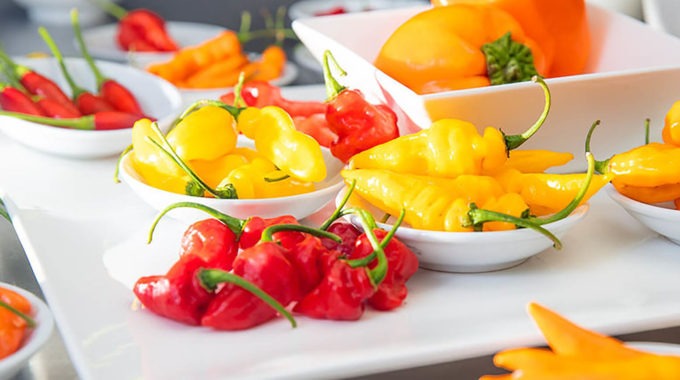Colour me healthy: next level fruit & veg
Fruits and vegetables are the ultimate self-promoters – their brightly coloured appearance is basically a big advertisement saying “Look! We’re incredibly good for you!” The vivid greens, reds, oranges, yellows and purples of fresh produce indicate that these foods are high in phytonutrients – beneficial plant compounds that can keep us healthy and help to reduce the risk of disease. And every colour offers its own special benefits.
A team of researchers from the Queensland Alliance for Agriculture and Food Innovation Naturally Nutritious project – a joint venture funded by Hort Innovation, the University of Queensland and the Queensland Department Agriculture and Fisheries – has been exploring the development of visually appealing, highly nutritious fruit and vegies that are both easy to spot and tasty to eat. The research team is investigating how they can boost the nutrient value of fresh produce, and one of the ways to do this is to add more colour.
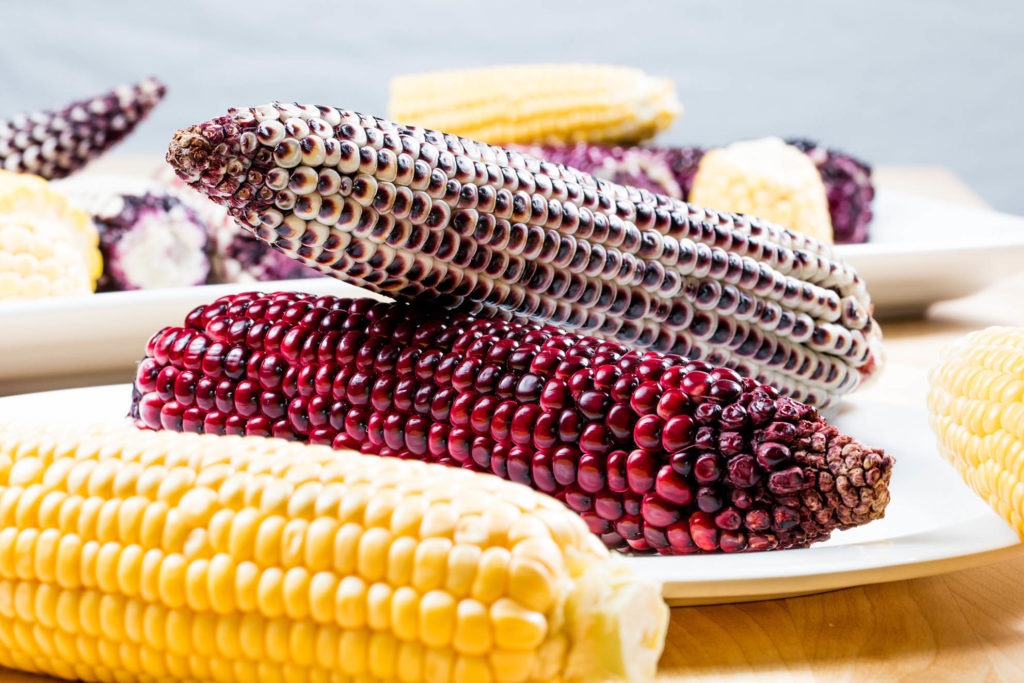
The colour purple
One of the foods the team is working on is a purple sweetcorn, which has been developed from a Peruvian variety of purple maize. Naturally Nutritious biofortified crops research team leader Dr Tim O’Hare says that the purple pigments found in the new corn varieties the project is developing are phytonutrients known as anthocyanins, which gives the purple corn different health benefits to that of regular yellow corn.
“With these nutrients, what you see is what you get – the more intensely-coloured the product, the more nutrients they contain,” Dr O’Hare says. “Anthocyanins have been shown to be linked to cardiovascular health, and by that we mean lowering blood pressure or reducing atherosclerosis; reducing the chance of having a heart attack.”
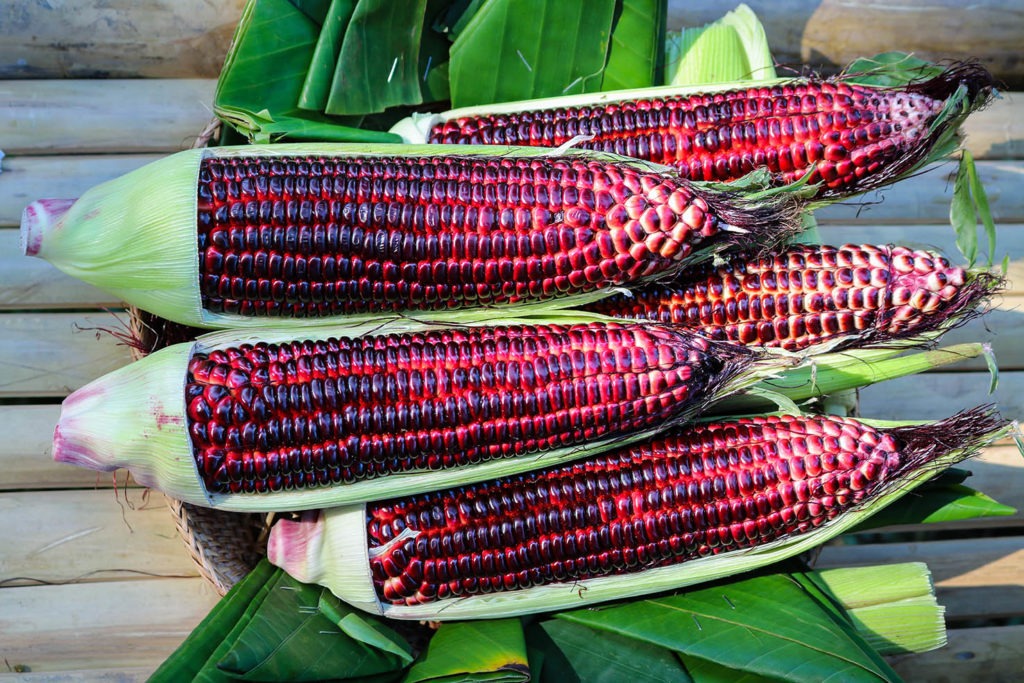
Making corn purple and delicious at the same time is not quite as easy as it might sound. The problem that Dr O’Hare and the Naturally Nutritious team have had to overcome is the natural genetic mutation that makes sweetcorn super-sweet – it’s positioned very closely to the mutation that blocks the production of the purple pigment.
“The challenge was to break this tight genetic link, so that the super-sweet mutation is alongside a ‘working’ part of the purple pigment pathway,” Dr O’Hare says.
But break the link they did – the team has managed to do this for two different super-sweet genes, including one that the majority of the world’s sweetcorn is based upon. It’s hoped that the new purple corn will become available to Australian vegetable growers soon.
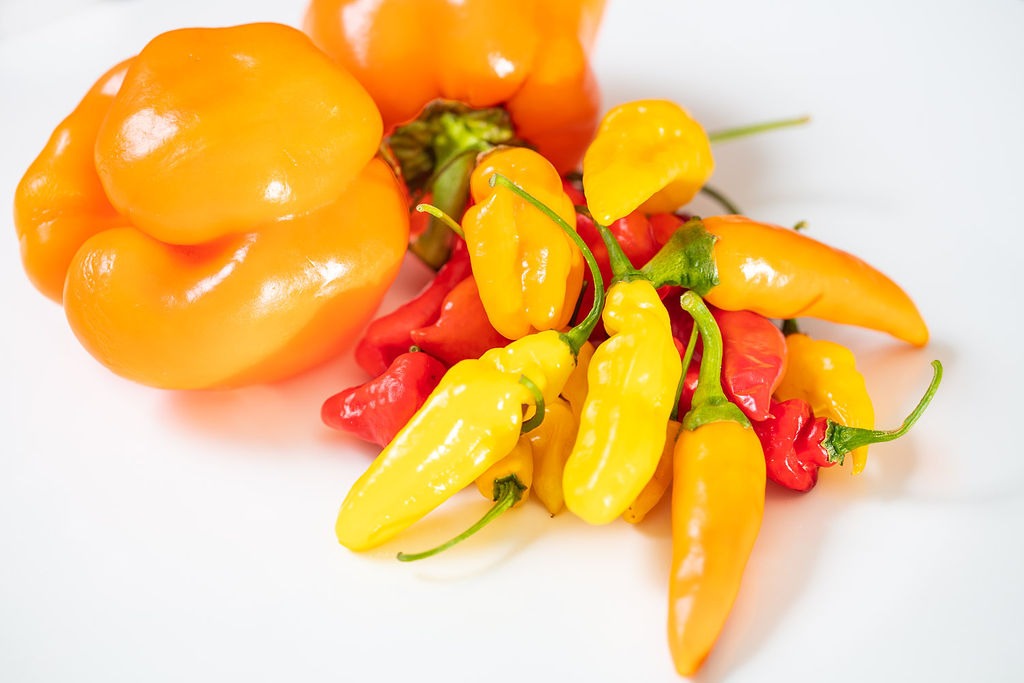
Orange you glad you saw me?
We’ve all been told that carrots are good for our eyes. During WWII, the British Air Force made the claim that their pilots could fly so well at night because they ate a lot of carrots. So the theory goes, the Brits spread the propaganda that carrots gave you super night vision in the hope that it would distract the Germans from noticing their radar technology.
While eating carrots might not make you an ace fighter pilot (sorry about that), they are high in beta-carotene, the pigment that gives Bugs Bunny’s favourite snack its lovely orange colour, and which the body uses to produce vitamin A – a nutrient that’s essential for healthy eyes and good vision, particularly in low light.
Another orange vegetable that’s been found to benefit eye health is the orange capsicum, which the Naturally Nutritious team has also identified as a food that needs more attention.
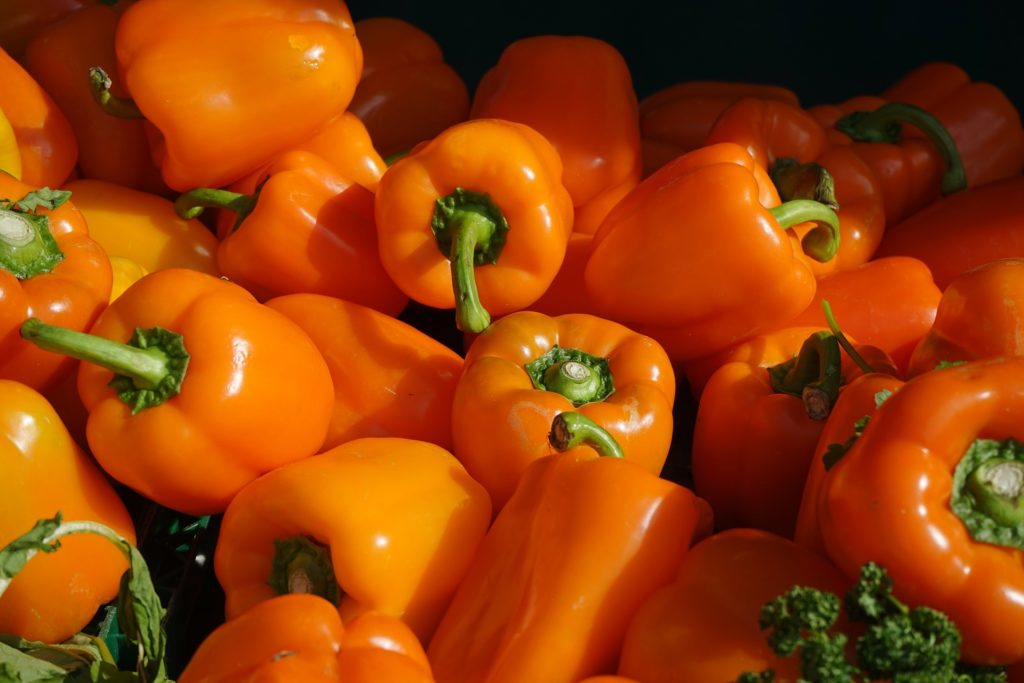
Orange capsicum is the richest food source of the orange pigment zeaxanthin, which is essential for good central vision – basically what helps you see detail, shapes and colour.
In plants, it’s believed that zeaxanthin absorbs excess light, possibly protecting them from sun damage. In humans, zeaxanthin accumulates in the macula, found at the back of the eyes. Here, it blocks blue light – a particularly damaging type of light that you get from the sun and from your computer screen and smartphone – from getting through to the retina. Too much blue light can oxidise your photoreceptors (the cells in your retina that respond to light), which can lead to age-related macular degeneration. The more zeaxanthin you have, the more protected your eyes are. And the only way to get it is through your diet.
“Our bodies can’t make zeaxanthin,” Dr O’Hare explains, “which means we rely exclusively on dietary sources or on artificial supplements.”
Other coloured capsicums don’t contain this nutrient, and while you can find it in leafy greens, orange capsicum is the best source. Sadly, they’re slightly harder to find than most vegies. One reason for this comes down to the fact that it’s not profitable for growers – the price of the seed is high, and demand is low. But the team at Naturally Nutritious is working on a way to make it more economically viable for growers to produce more orange capsicums, and to get the word out to consumers about their eyesight-preserving benefits – creating the consumer demand that will get big supermarkets on board.
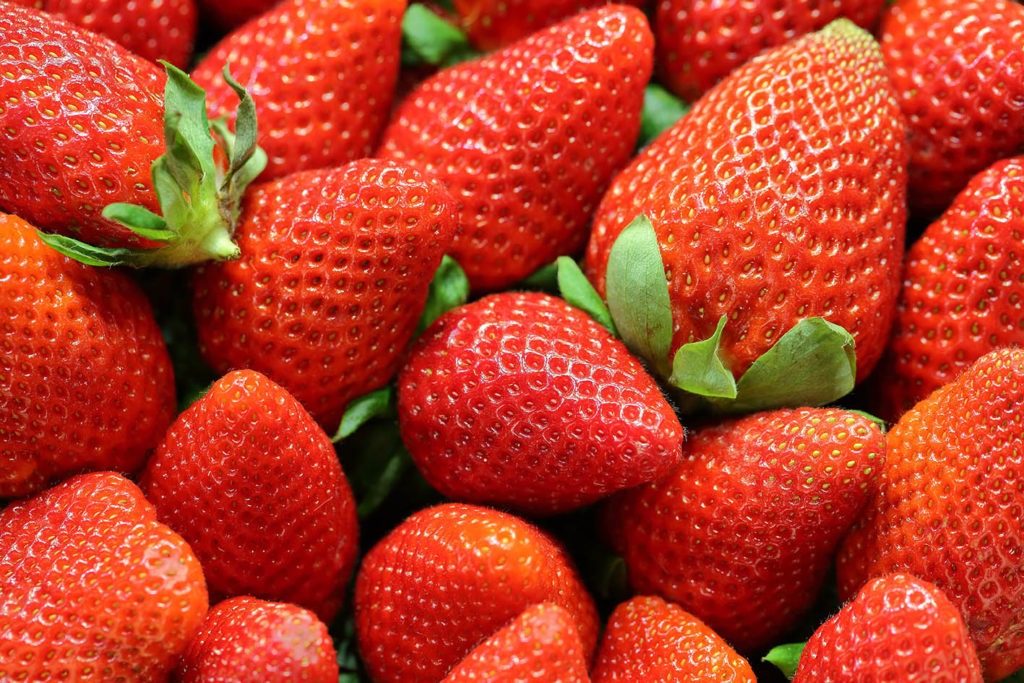
Promising produce
Healthy food-lovers will be glad to know that corn and capsicum are not the only auspicious crops that Naturally Nutritious is working on. They’ve also developed a strawberry which contains folate levels that may be up to three times higher than standard strawberries.
“High folate is generally found in dark green leafy vegetables, so having this folate-dense strawberry variety is really novel,” Dr O’Hare says. “If people ate a 250g punnet of these high-folate strawberries, it would give them their recommended daily intake of folate.”
The team has also been looking at macadamia varieties that contain less saturated fat – a welcome bit of news for anyone who finds that they can’t stop at just one.
While we wait for these goodies to drop, keep your eyes peeled for orange capsicums at your greengrocer or farmers’ market. Or plant your own – seeds are available from places like The Diggers Club. And to get the most out of them, follow this advice from Dr O’Hare:
“Zeaxanthin is fat-soluble, so it’s best served with a helping of olive oil or salad dressing to aid absorption,” he says. “Raw works well, although cooking the capsicum can also help by breaking down the cell walls to better release the zeaxanthin. But don’t overcook them, as overcooking will cause some of the zeaxanthin to break down.”


